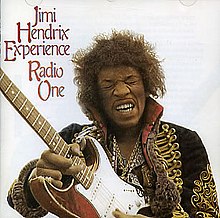
My Generation is the debut studio album by English rock band the Who, released on 3 December 1965 by Brunswick Records in the United Kingdom, and Festival Records in Australia. In the United States, it was released on 25 April 1966 by Decca Records as The Who Sings My Generation, with a different cover and a slightly altered track listing. Besides the members of the Who, being Roger Daltrey (vocals), Pete Townshend (guitar), John Entwistle (bass) and Keith Moon (drums), the album features contributions by session musician Nicky Hopkins (piano).

The Who Sell Out is the third studio album by the English rock band the Who. It was released on 15 December 1967 by Track Records in the UK and Decca Records in the US. A concept album, The Who Sell Out is structured as a collection of unrelated songs interspersed with fake commercials and public service announcements, including the second track "Heinz Baked Beans". The album purports to be a broadcast by pirate radio station Radio London. The reference to "selling out" was an intended irony, as the Who had been making real commercials during that period of their career, some of which are included as bonus tracks on the remastered CD.

Electric Ladyland is the third and final studio album by the Jimi Hendrix Experience, released in October 1968. A double album, it was the only record from the Experience with production solely credited to Hendrix. The band's most commercially successful release and its only number one album, it was released by Reprise Records in the United States on October 16, 1968, and by Track Records in the UK nine days later. By mid-November, it had reached number 1 on the Billboard Top LPs chart, spending two weeks there. In the UK it peaked at number 6, where it spent 12 weeks on the British charts.

Are You Experienced is the debut studio album by the Jimi Hendrix Experience, released in May 1967. The album was an immediate critical and commercial success, and is widely regarded as one of the greatest albums of all time. It features Jimi Hendrix's innovative approach to songwriting and electric guitar playing, which soon established a new direction in psychedelic and rock music as a whole.

Axis: Bold as Love is the second studio album by the Jimi Hendrix Experience. It was first released by Track Records in the United Kingdom on December 1, 1967, only seven months after the release of the group's highly successful debut album, Are You Experienced. In the United States, Reprise Records delayed the release until the following month. The album reached the top ten in the album charts in both countries.

The Rolling Stones, Now! is the third American studio album by English rock band The Rolling Stones, released in March 1965 by their initial American distributor, London Records. Although it contains two previously unissued songs and an alternative version, the album mostly consists of songs released earlier in the United Kingdom, as well as the group's recent single in the United States, "Heart of Stone" backed with "What a Shame". Mick Jagger and Keith Richards wrote four of the songs on the album, with the balance composed by American rhythm and blues and rock and roll artists.

Smash Hits is a compilation album by the Jimi Hendrix Experience. Track Records first issued it on April 12, 1968, in the UK and included all four of the group's singles released up to that time, plus four additional songs from the UK edition of Are You Experienced.

First Rays of the New Rising Sun is a compilation album credited to American rock musician Jimi Hendrix, issued in April 1997 on MCA Records. Featuring songs mostly intended for his planned fourth studio album, it was one of the first releases overseen by Experience Hendrix, the family company that took over management of his recording legacy. It reached the album charts in the United States, United Kingdom, and four other countries.

Flowers is the second compilation album by the Rolling Stones, released in June 1967. The group recorded the songs at various studios dating back to 1965. Three of the songs had never been released: "My Girl", "Ride On, Baby" and "Sittin' on a Fence", the first of which was recorded in May 1965 during the sessions for "(I Can't Get No) Satisfaction", and the other two of which were recorded in December 1965 during the first lot of Aftermath sessions. The rest of the album tracks either appeared as singles or had been omitted from the American versions of Aftermath and Between the Buttons.

Blues is a compilation album of blues songs recorded by American singer/songwriter/musician Jimi Hendrix. Compiled by interim Hendrix producer Alan Douglas, it was released April 26, 1994, by MCA Records. The album contains eleven songs recorded by Hendrix between 1966 and 1970, six of which were previously unreleased. Hendrix wrote seven of the pieces; other writers include Muddy Waters, Booker T. Jones, and Elmore James. Most are demos, jams, and live recordings, which Hendrix may or may not have completed for release.
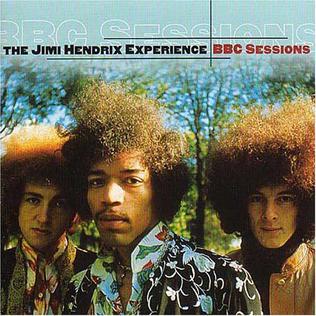
BBC Sessions is an album of recordings by the rock group the Jimi Hendrix Experience, released on MCA Records on June 2, 1998. It contains all the surviving tracks from their various appearances on BBC radio programmes, such as Saturday Club and Top Gear, recorded in 1967.
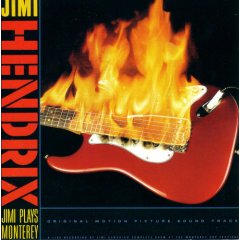
Jimi Plays Monterey is a posthumous live album by Jimi Hendrix released in February 1986. It documents the Jimi Hendrix Experience's performance at the Monterey Pop Festival on June 18, 1967. In 2007, it was superseded by Live at Monterey, produced under the auspices of the family-controlled Experience Hendrix.

South Saturn Delta is a posthumous compilation album by American rock musician Jimi Hendrix. Released in 1997 by Experience Hendrix, it consists of material such as demo tapes, unfinished takes and alternate mixes, and previously released material, most of which Hendrix had been working on prior to his death in 1970.
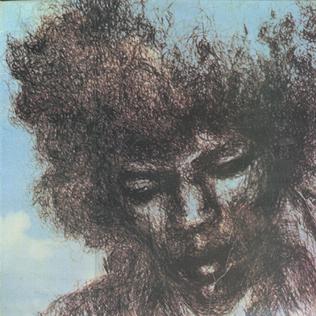
The Cry of Love is the first posthumous album of music by American rock singer-songwriter and guitarist Jimi Hendrix. Recorded primarily in 1970, it features new material that Hendrix was working on for his planned fourth studio album before his death later that year. While most of the songs were included on proposed track listings by Hendrix, the final selection was made by recording engineer Eddie Kramer and drummer Mitch Mitchell, with input from manager Michael Jeffery. Hendrix, Kramer, and Mitchell are credited as the album's producers, with Jeffery as the executive producer.
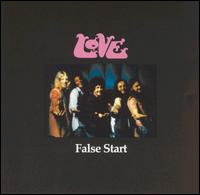
False Start is the sixth studio album by the American rock band Love, released in December 1970 by Blue Thumb Records.
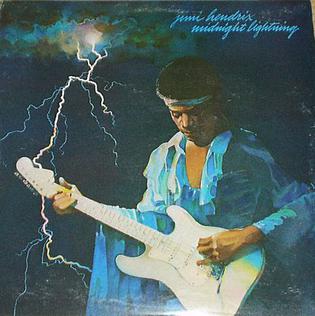
Midnight Lightning is a posthumous compilation album by American rock guitarist Jimi Hendrix. It was released in November 1975 by Reprise Records in the US and Polydor Records in the UK. It was the second to be produced by Alan Douglas and Tony Bongiovi and contains demo-type recordings that were overdubbed with musicians who had never played with Hendrix. Despite including reworkings of the popular live songs "Hear My Train" and "Machine Gun", the album was not as well received as its predecessor, peaking at numbers 43 in the US and 46 in the UK.
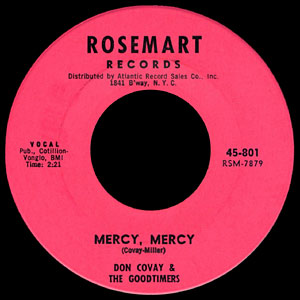
"Mercy, Mercy" is a soul song first recorded by American singer/songwriter Don Covay in 1964. It established Covay's recording career and influenced later vocal and guitar styles. The songwriting is usually credited to Covay and Ron Alonzo Miller, although other co-writers' names have also appeared on various releases.

Rainbow Bridge is a compilation album by American rock musician Jimi Hendrix. It was the second posthumous album release by his official record company and is mostly composed of recordings Hendrix made in 1969 and 1970 after the breakup of the Jimi Hendrix Experience. Despite the cover photo and subtitle Original Motion Picture Sound Track, it does not contain any songs recorded during his concert appearance for the 1971 film Rainbow Bridge.
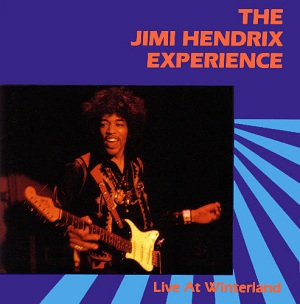
Live at Winterland is a live album by The Jimi Hendrix Experience. It compiles performances from the band's three concerts at the Winterland Ballroom in San Francisco, where they played two shows each night on October 10, 11 and 12, 1968. The album was released posthumously by Rykodisc in 1987 and was the first Hendrix release to be specifically conceived for the compact disc format.
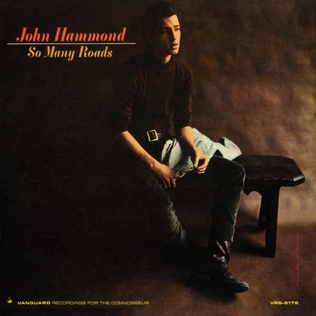
So Many Roads is a 1965 studio album by John P. Hammond, backed by several musicians who would go on to form The Band.
